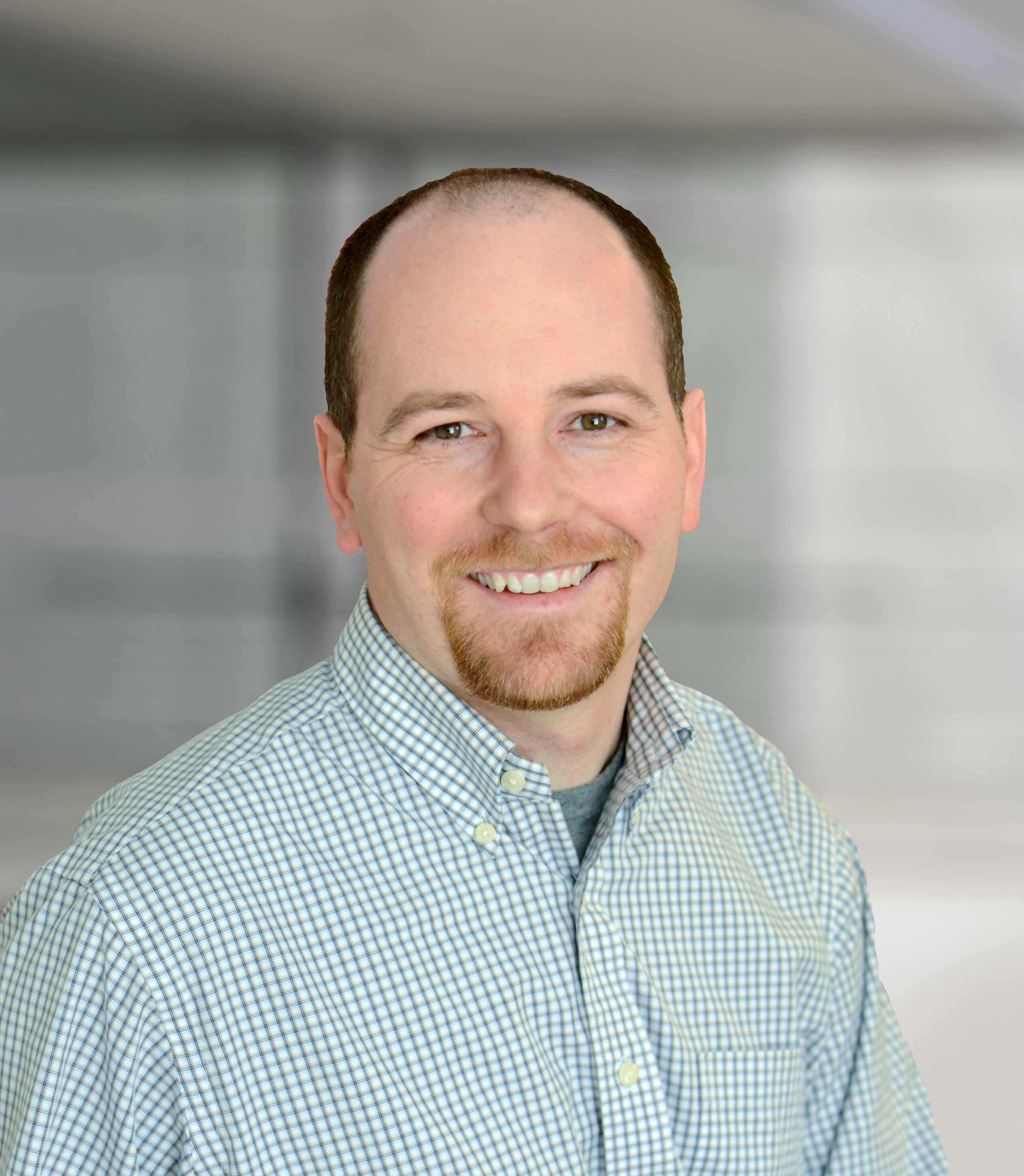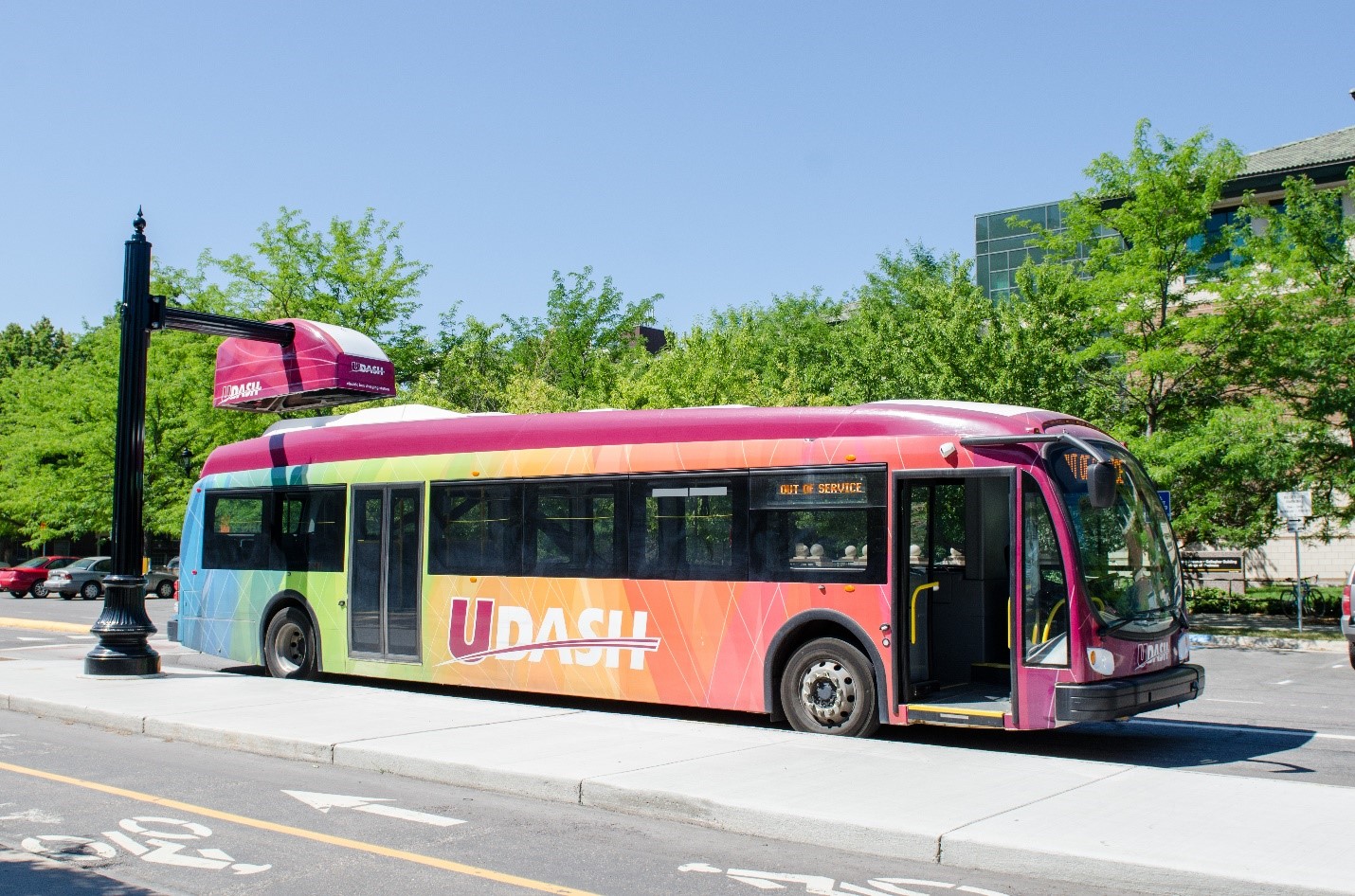Electric Vehicle Market Offers Opportunities for Students in STEM

Sean Everett (BS Environmental Engineering, ’04) graduated from high school in Libby, Montana, just as cleanup began at the site of one of America's worst human-caused environmental disasters. Two decades later, Everett has taken his Montana Tech education and is impacting the world around us via his position as Electric Vehicles Power Lead at HDR in Missoula.

“Today, I work with HDR’s Zero Emission Mobility (ZEM) group and plan and design EV charging systems, primarily for fleets, though I’ve also worked on highway traffic corridor studies and NEVI programs for light-, medium-, and heavy-duty vehicle charging. NEVI is the National Electric Vehicle Infrastructure formula program under the 2021 bipartisan infrastructure bill,” Everett said.
Electric vehicles were not on Everett’s radar as a possible career field when he was at Montana Tech. At the time, hybrid vehicles had only just started to appear on the market.
“EVs and renewable energy projects were not the type of remedial environmental engineering I had anticipated when I was at Tech or in the years immediately afterward,” Everett said. “My path swayed with career opportunities in water/wastewater engineering when I joined HDR in 2007, then again into power delivery during the Bakken oil boom, and about four years ago into EV charging.”
The EV industry offers numerous opportunities as it expands quickly.
“The fields of electric vehicles, zero-emission mobility, and renewable energy are changing rapidly,” Everett said. “There is a great need for good engineers to provide solutions for developing problems, and there will be exciting challenges that we don’t even know about yet. One big concern is getting all the power needed, and associated costs, for the electrification and conversion from hydrocarbons. We need to find a balance between the existing tried and true and the shiny new toy. Engineers are great ambassadors for pushing the envelope while also speaking rationally about what is possible or what may be very expensive.”
Everett said his Montana Tech education helps him bring a problem-solving mindset to his projects.
“One of my favorite Tech professors, Dr. Rod James, told us two important things that have stuck with me throughout my career, and I’ve tried to pass them on to younger engineers,” Everett said. “The first is that the two most important classes for engineers at Tech were Technical Writing and Engineering Economics. You have to be able to convey to others how to do or understand what you want them to know, and then you have to tell them how much it will cost.”
“The second thing that Dr. James said was that professors at Tech didn’t want to teach how to find an answer for a test, but to be able to think and solve actual problems. When students know how to analyze the root of an issue, they will be able to solve nearly any problem.”
“Dr. James’ words have held true to me, as effective writing and problem-solving have allowed me to navigate different engineering disciplines throughout my career,” Everett said.
Everett had advice for students considering a career in STEM.
“Engineers should continue to have job security in the future,” Everett said. “As we are in the field for a while, we think less of the majors and more of the job function. The electrification and zero-emission space use many disciplines. Definitely electrical, but also civil, mechanical, communication, and structural engineers are needed for charger deployment and improvements to the electrical grid. Chemists are also central players in the development of better battery technology. Good planners provide a first step of what’s feasible and recommend advancing the field without breaking the bank. Permitters are needed for rapid deployment. Cost estimators provide detailed assessments to make critical decisions. And finally, laborers shouldn’t be discounted, because backlogs on equipment manufacturing and installation delay project construction by several years.”
While people might think of more urban areas as EV technology hubs, Everett says Big Sky Country has plenty of opportunity.
“HDR has a strong connection to Tech grads, often in the mechanical, civil, structural, and electrical engineering disciplines,” Everett said. “As a 12,000-person, global, employee-owned firm, we work on projects well beyond zero emission, renewables, and electrification, so most disciplines offered at Montana Tech are employed at HDR. Our six Montana offices of over 250 staff work on a variety of projects from electric transmission/distribution and substations to water and wastewater treatment to highways, railroads, and more. It is really a great time to be an engineer, and Tech produces some great ones.”